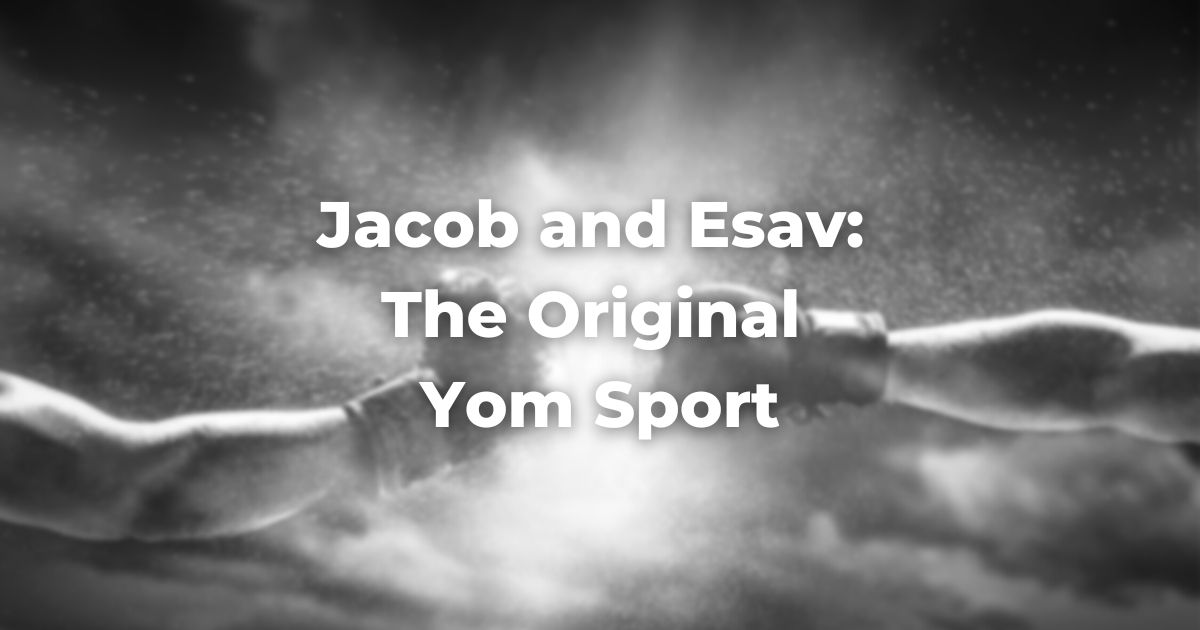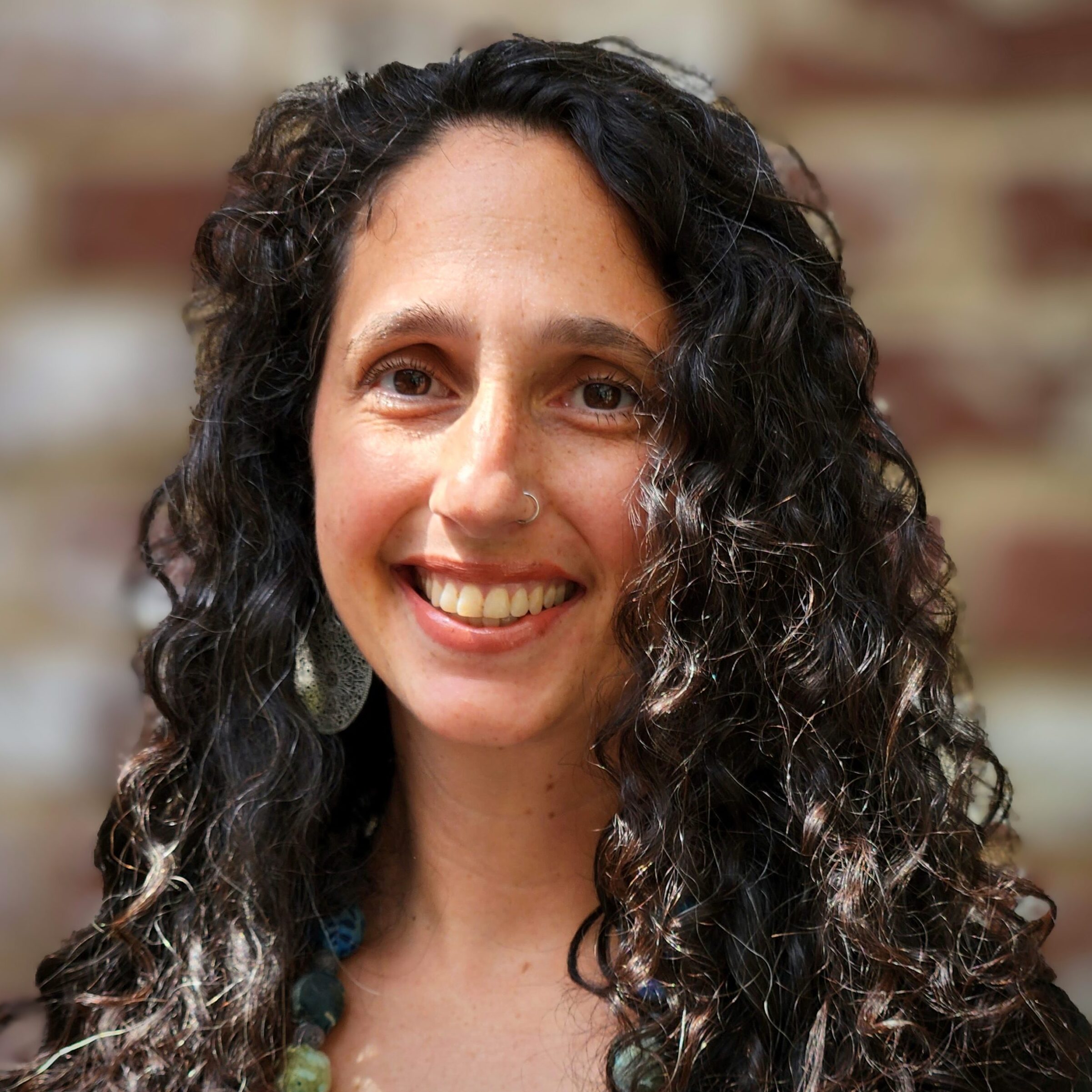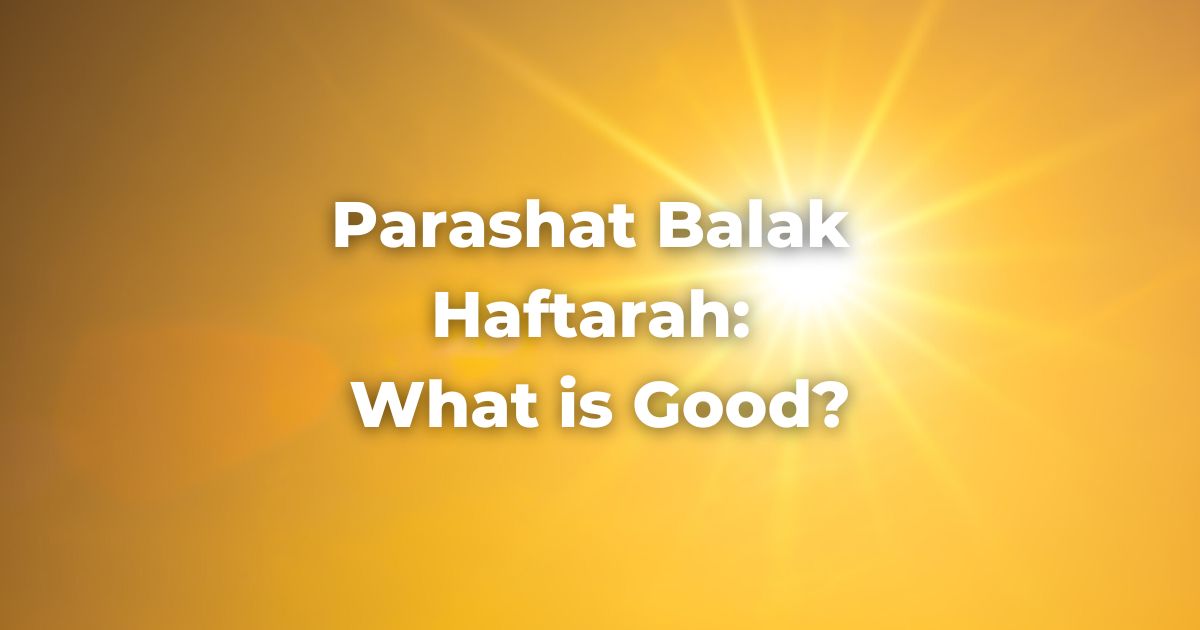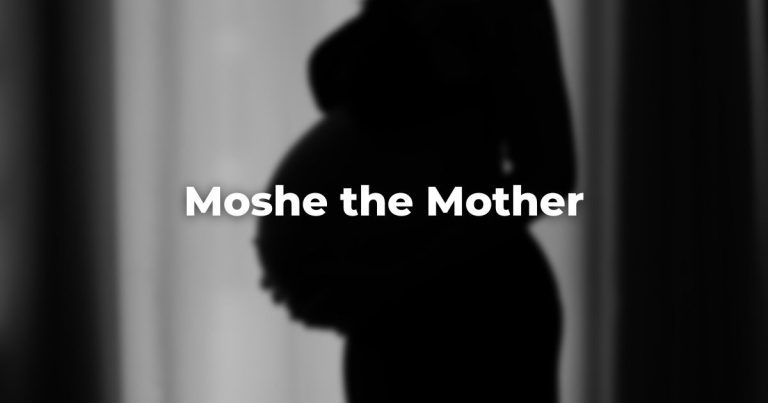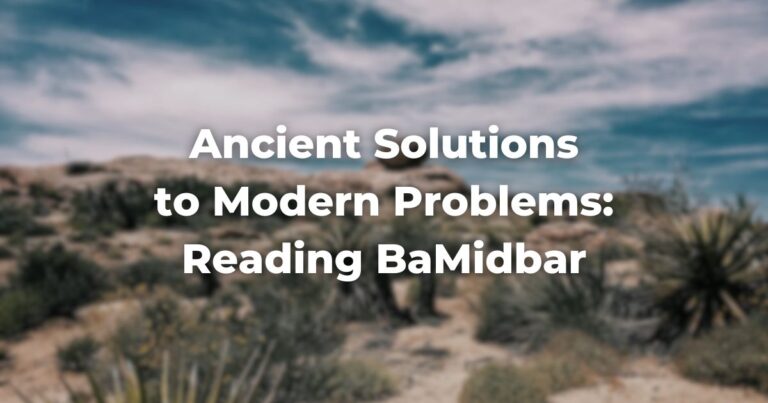Who here is a Ramah camper? I have 4 Ramah campers of my own (and worked for Ramah full time as an adult)—remember that because I’m going to admit something that may not be particularly popular in this room.
I really hated camp.
Even more, there was one particular day of camp that I loathed the most: Color War, or what the cool camps now call Yom Sport. Why, you ask, did I hate this day so much? I was an athletic kid, generally outgoing and social—you’d think I would LOVE it. Frankly, as a kid, if you’d asked why I hated it, I probably would have said something along the lines of “it’s annoying.”
Reflecting back though, Yom Sport was the day that camp turned into a battleground of arbitrary divisions.
Friends were separated into factions, wearing our colors as badges of loyalty and belonging. I couldn’t have articulated this as a camper but Color War was a spectacle of tribalism, a microcosm of our propensity to emphasize differences rather than celebrate commonality. Divisions drawn with randomness evoked powerful emotions. Intense competition ignited a sense of camaraderie among teammates but created a toxic sense of opposition toward those on different teams.
So why am I even talking about this today?
Reading Vayishlach and the story of Jacob and Esav I realized this story is the original Color War. These brothers begin life as family, community, but are separated out almost arbitrarily by circumstance. Theirs is a tale of two nations born from the same lineage yet estranged by pride and competition.
Just as the kids at camp embrace their assigned teams, Jacob and Esav, initially hold fast to tribalism.
Each brother carries their own colors, so to speak, deepened by years of separation, misunderstandings, and familial discord. Their reunion echoes the charged experiences of Color War—anticipation mingled with apprehension.
So, who won this biblical color war?
As their story unfolds, an unexpected truth emerges, resonating beyond the fields of camp or the ancient hills where Jacob and Esav reunite. At the end of the day winning Yom Sport, or reclaiming a birthright is not the real win, reconciliation is the reward.
Just as kids at camp, exhausted from the day of competition, come together as a community to dance, sing and celebrate at the end of the day, Jacob and Esav find themselves embracing, kissing one another, seeing finally their shared past, connection, and humanity.
“Everyone’s a winner at Machane Ramah!”
Yom Sport and the story of Jacob and Esav illuminate the human propensity for division and tribalism but also showcase the indomitable spirit capable of transcending these divides. In restoring a fractured connection, and healing old wounds, we can affirm that despite the tribes we form, at our core, we are bound by a common thread of humanity.
What can we take from Jacob and Esav’s biblical Yom Sport?
Following the horrific October 7th attack by Hamas and ongoing war, we have a profound need for healing between Israelis and Palestinians. It’s easy to carry our own colors—our divisions too have deepened through years of separation, misunderstandings, and trauma.
But the story of Jacob and Esav can be a roadmap, a call for courageous steps toward reconciliation and peace. Yes, we must root out Hamas, but the path forward demands a collective commitment to empathy, understanding, and a willingness to see our shared humanity.
So many of those who were brutally murdered or taken hostage on October 7th spent their lives dedicated to building bridges for peace.
(See more: Prayer for the Welfare and Return of Israel’s Captured and Missing)
The way forward requires a concerted effort, like Jacob and Esav, to break the cycle of animosity and foster understanding. It’s a challenging journey, but the lessons from TorahRefers to the first five books of the Hebrew Bible, the Tanakh, also called the Five Books of Moses, Pentateuch or the Hebrew equivalent, Humash. This is also called the Written Torah. The term may also refer to teachings that expound on Jewish tradition. Read more compels us to work toward reconciliation, fostering a future where Israelis and Palestinians can thrive in safety and security side by side.
This was presented at the 2023 United Synagogue of Conservative Judaism/Rabbinical Assembly/Cantorial Assembly Convening.
Author
-

Emily Kaiman, Deputy Director of Jewish Communal Engagement at J Street, focuses on deepening Jewish engagement and community. With a BA in Judaic Studies and a Master’s in Experiential Jewish Education Emily has served in diverse Jewish communal roles including as the KOACH West Region Field Worker, the Director of Jewish Life Saul Mirowitz Jewish Community School of Saint Louis, and the Retreat Center Program Manager at Ramah Darom. In her role at J Street, Emily leads learning initiatives for clergy and seminary students, cultivates strategic partnerships, and expands the breadth and depth of J Street’s Rabbinic and Cantorial Cabinet. Emily resides in Atlanta with her husband, Rabbi Ari Kaiman, their four children, Ellie, Amalia, Maayan, and Shai, and their rescue dog, Benny.
View all posts

